#transportation history
Text
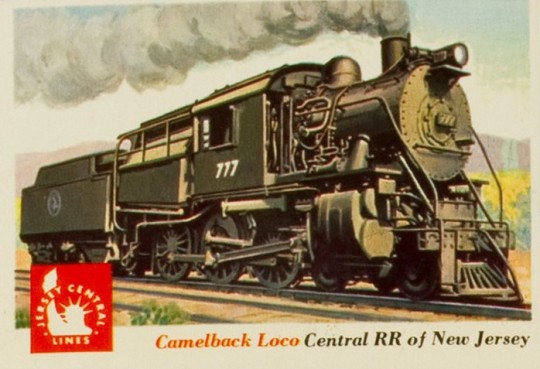


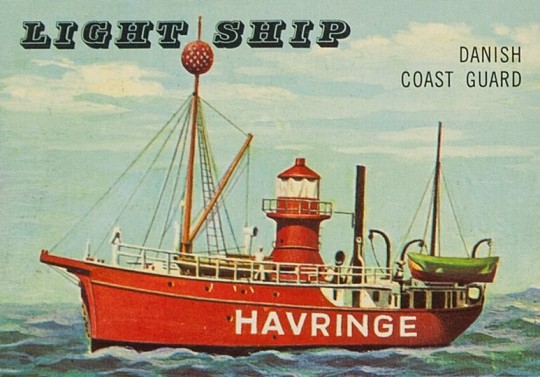


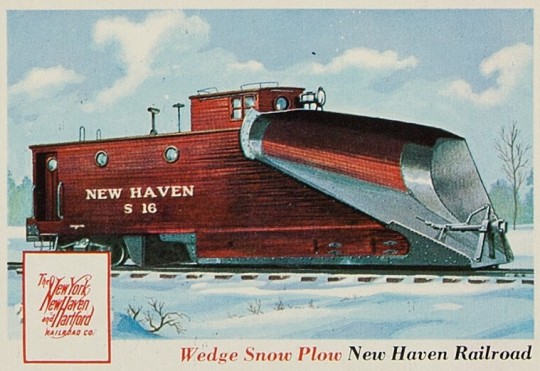


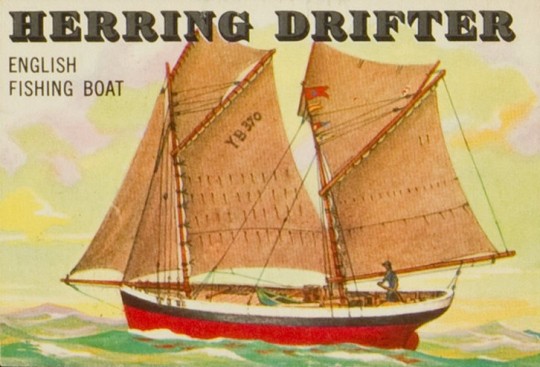
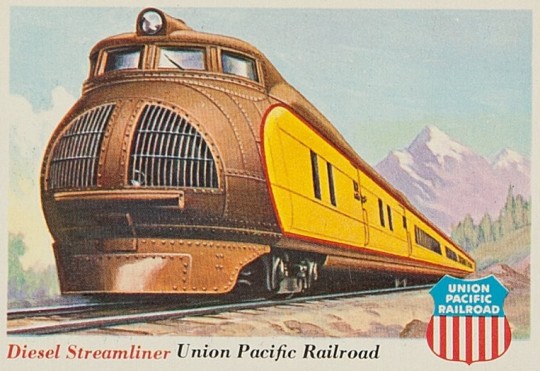

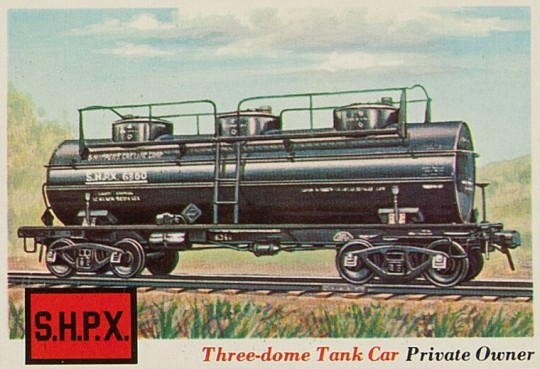
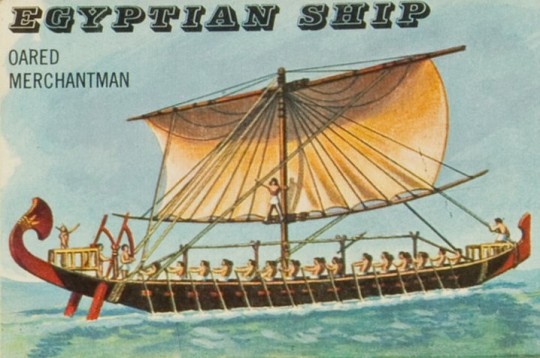
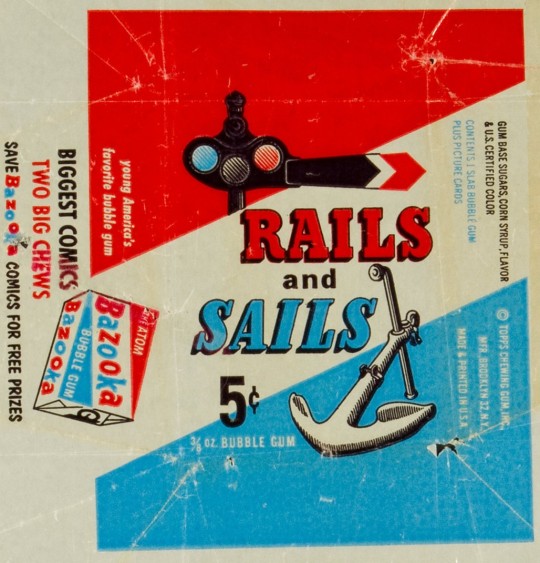
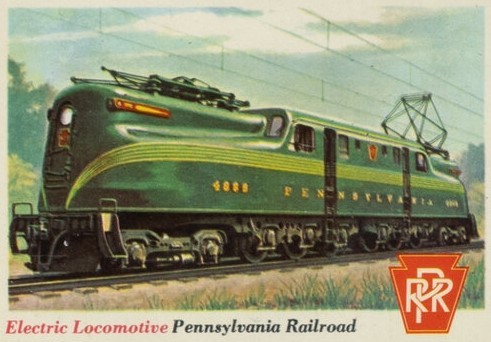




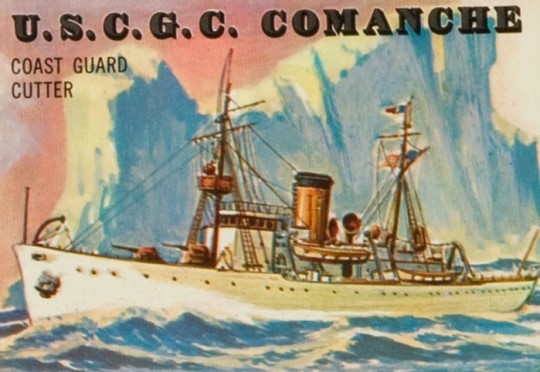


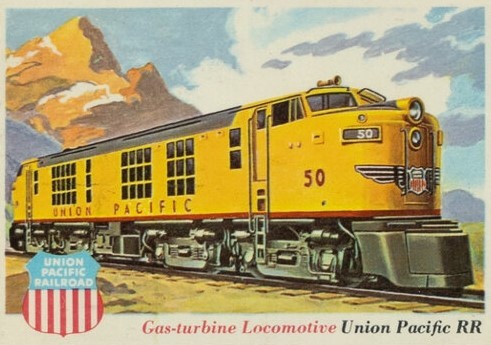





Rails and Sails trading cards - Topps (1955)
#rails and sails trading cards#vintage trading cards#topps trading cards#transportation history#vintage trains#vintage boats#railroad#locomotives#sail boat#ships#1950s#1955
167 notes
·
View notes
Photo
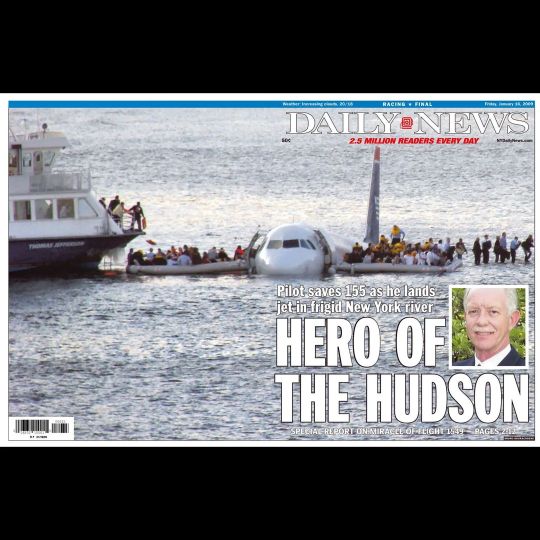
On This Day in New York City History January 15, 2009: Dubbed "The Miracle on the Hudson" Passenger jet US Airways Airbus A320, Flight number 1549 piloted by Captain Chelsey B. Sullenberger III and co-pilot Jeff Skiles execute a ditch landing on the Hudson River.
The plane bound for Charlotte, North Carolina lost both engines due to contact with a flock of geese minutes after taking off from LaGuardia Airport. Captain Sullenberger's quick thinking and nerves of steel in piloting the powerless jet ensured that all 155 people on board were safe.
#MiracleOnTheHudson #CaptainChelseySullenbergerIII #CaptainSully #CaptainJeffSkiles #USAirways #AviationHistory #TransportationHistory #NewYorkHistory #NYHistory #NYCHistory #History #Historia #Histoire #Geschichte #HistorySisco
(at Hudson River, New York)
https://www.instagram.com/p/CncyDatOpSV/?igshid=NGJjMDIxMWI=
#Miracle on the Hudson#Captain Chelsey Sullenberger III#Captain Sully#Captain Jeff Skiles#U.S. Airways#Aviation History#Transportation History#New York History#NY History#NYC History#History#Historia#Histoire#Geschichte#HistorySisco
10 notes
·
View notes
Text



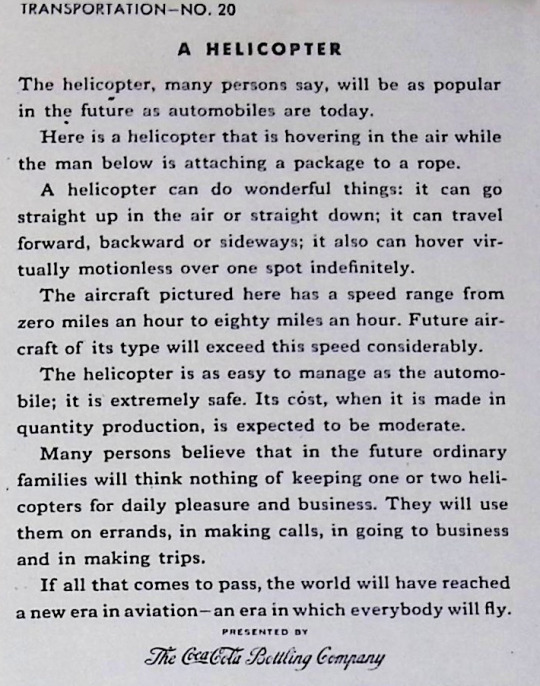

Scientific balloons and futuristic helicopters fly through the air with the greatest of ease!
(Part of an educational booklet published by Coca-Cola for use in school classrooms, during World War II. This one focused on all aspects of American transportation. The booklets included factual information and beautiful stickers which children could paste in various areas of the book.)
#coca cola#transportation history#helicopters#balloons#vintage brochure#vintage design#vintage advertising#gvslover
3 notes
·
View notes
Photo

New Post has been published on https://www.knewtoday.net/tragedies-on-the-tracks-notable-severe-railway-accidents-in-history/
Tragedies on the Tracks: Notable Severe Railway Accidents in History

Railway accidents have had a significant impact on the history of transportation, causing loss of lives, injuries, and devastating consequences. Throughout history, there have been several severe railway accidents that serve as reminders of the importance of safety precautions and the continuous improvement of railway infrastructure. These tragic incidents have led to advancements in safety regulations, technology, and emergency response systems.
In this article, we will explore some of the most notable railway accidents in history, shedding light on their causes, consequences, and lessons learned from these unfortunate events. By examining these incidents, we can gain a deeper understanding of the challenges faced by the railway industry and the ongoing efforts to prevent future tragedies.
Quintinshill Rail Disaster (1915)
This is one of the deadliest railway accidents in the United Kingdom. It occurred near Gretna Green, Scotland, during World War I. A signalman’s error led to a collision between a troop train and a local passenger train. Shortly after the collision, a following express train collided with the wreckage. A total of 227 people died in the accident.
An official investigation concluded on 17 June 1915 for the Board of Commerce, determined that the incident was caused by two signalmen’s disregard for the regulations. The northbound local train had been reversed onto the southbound line with the northbound loop occupied to facilitate the passage of two late-running northbound sleepers. Its presence was thereafter ignored, and the southbound troop train was allowed to proceed. As a result, both signalmen were charged with manslaughter in England, then convicted of culpable murder in Scotland following a trial; the two sentences are roughly similar. They were re-hired by the railway business after being freed from a Scottish jail in 1916, but not as signalmen.
Several victims were never found since they were completely burned by the fire, and when the bodies of the Royal Scots were returned to Leith on May 24, they were buried together in a mass grave at Edinburgh’s Rosebank Cemetery. The coffins were stacked three high, with the top row draped in the Union Flag.
Harrow and Wealdstone Rail Crash (1952)
The Harrow and Wealdstone rail disaster occurred on October 8, 1952, during the morning rush hour at Harrow and Wealdstone station in Wealdstone, Middlesex (now Greater London). The collision resulted in 112 deaths and 340 injuries, with 88 of those injured being hospitalized. It is still the worst train catastrophe in British history and the second-deadliest overall after the Quintinshill rail tragedy in 1915.
The disaster spurred the implementation of British Railways’ Automatic Warning System (AWS), which had been met with skepticism by certain industry expenditure-prioritizing specialists who reasoned that extra track circuits and color light signals would save more lives. AWS had been installed on one-third of British Rail tracks by 1977.
Balvano Train Disaster (1944)
The Balvano train catastrophe was Italy’s deadliest railway accident and one of the worst railway disasters in history. It happened on the night of March 2-3, 1944, in Balvano, Basilicata. After a lengthy standstill in a tunnel, almost 500 persons aboard a steam-hauled, coal-burning freight train perished of carbon monoxide poisoning.
On the evening of March 2, 1944, freight train 8017 left Naples bound for Potenza. It was made up of 47 freight wagons and weighed 520 tonnes; it also carried several unlawful passengers.
It arrived at the Armi tunnel, which is 1,968 meters long. As the engines reached the tunnel, the wheels began to slip on the tracks which were moist from humidity, and the train lost speed until it came to a halt with practically all of the cars inside the tunnel.
The air was already thick with smoke from a previous train, and the drivers’ efforts to restart the train prompted the locomotives to emit even more carbon monoxide-laden smoke. As a result, the crew and stowaways were progressively asphyxiated, and they were unaware of what was happening to them. The vast majority died peacefully in their sleep. The majority of the few survivors were in the final few wagons, which were still out in the open.
Several variables contributed to the accident. The primary cause was the railway officials’ lack of surveillance, which allowed so many stowaways to ride aboard the train. Low-quality coal, a lack of air in the tunnel, damp tracks, and the train’s double-heading instead of a push-pull arrangement all played a role. The proximate reason was a lack of cooperation between the two locomotive drivers. Furthermore, the death toll was exacerbated by the delay in rescue attempts.
Gare de Lyon Train Accident (1988)
On June 27, 1988, an SNCF commuter train traveling inbound to Paris’s Gare de Lyon terminal collided with a stalled outbound train, killing 56 and wounding 60, making it the third deadliest rail tragedy in postwar France.
When the train approached the platform, a passenger in the railway’s second car abruptly up, applied the emergency brake, and exited the train. After 26 minutes of labor, driver Daniel Saulin, supported by Guard Jean Charles Bovée, fixed the brakes and continued. This operation took longer than normal, causing more passengers to exit the train. To make up for lost time, André Tollance, the station controller at Gare de Lyon, authorized Saulin to bypass the next planned stop and the final before the terminal, Maisons-Alfort.
After passing through Maisons-Alfort, the train hit a four-degree incline that led to the Gare de Lyon. Saulin realized his brakes hardly worked after he passed a yellow light ordering him to slow the train in preparation for being shifted to an empty station. Saulin urgently radioed an emergency notice as the train accelerated from its fall, but he failed to identify himself to the controller. He activated the general alert on his radio and exited his cab to evacuate the passengers to the train’s rear.
The train collided with a delayed outbound train as its passengers evacuated, heeding warnings issued by the delayed train’s driver, André Tanguy, who valiantly remained in his cab at the time, repeatedly repeating a caution over the intercom until he was killed in the collision.
Santiago de Compostela Derailment (2013)
The Santiago de Compostela accident happened on July 24, 2013, when an Alvia high-speed train heading from Madrid to Ferrol in northwestern Spain overturned at high speed on a bend approximately 4 kilometers (2.5 miles) outside the Santiago de Compostela railway station. The preliminary number of hospital fatalities among the 178 injured had reached 79 by the following 28 July.
When the train neared a curve on the track, its data recorder revealed that it was moving at more than twice the statutory speed restriction of 80 kilometers per hour. A track-side camera captured the collision, which showed all thirteen train carriages derailing and four toppling. On July 28, 2013, Francisco José Garzón Amo, the train’s driver, was charged with 79 charges of killing by professional carelessness and an unspecified number of counts of inflicting harm by professional recklessness.
King Juan Carlos and Queen Sofia paid a visit to injured survivors in Santiago de Compostela.
As a result, the Spanish government announced a countrywide examination of all railway lines, signaling, and train drivers’ route knowledge.
#Emergency response#Infrastructure#Railway accidents#Railway safety#Safety regulations#Technology advancements#Transportation history
0 notes
Text
'George A. Wyman, 1st Across America'
‘George A. Wyman, 1st Across America’
George A. Wyman waypoint, Emigrant Gap, California, August 2017.
We happened across the sign above along Interstate 80 west of Donner Summit at the beginning of a road trip to see the August 2017 solar eclipse.
It took me nearly five years and a chance encounter with this image to actually look up George A. Wyman and what the whole “1st Across America” thing is about.
In short: Back in 1903,…

View On WordPress
1 note
·
View note
Text

#irish history#lgbtq community#lesbian#lgbtq#queer#nonbinary#lgbt pride#lgbtqia#sapphic#nonbinary lesbian#gay girls#ireland#irish war of independence#lesbianism#wlw#biseuxal#bisexual#transvestites#transport#transformers#transgender#trans positivity#transfem#trans women#trans man#transformation#transgirl#transmasc
15K notes
·
View notes
Photo
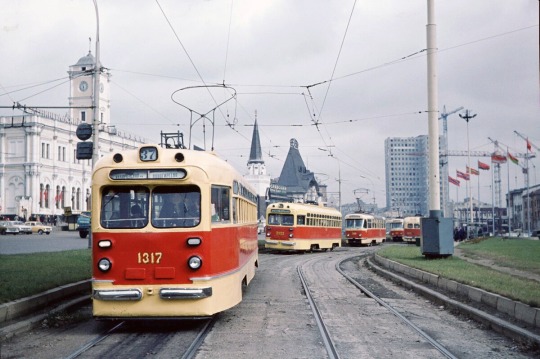
Komsomolskaya Square in Moscow, aka the Square of Three Railway Stations. Photo by Klaus-Erich Lisk (1977).
803 notes
·
View notes
Text
In the USA between 1927 and 1955, General Motors, Mack Manufacturing (trucks), Standard Oil (now Exxon), Philips Petroleum, Firestone Tire & Rubber, and Greyhound Lines, came together to share information, investments and ‘activities’. Their objective was to eliminate streetcars (what are called trams in Europe). These companies established various front companies, one of which was National City Lines (NCL). During especially the 1930s, NCL together with various subsidiaries bought up many electrified streetcar lines. They then tore them up. At least forty-five cities lost their streetcars. The strategy was to shift to motorized petroleum-based transport. Local citizens were left without alternatives to oil-based cars and buses. This carbon conspiracy was in strict violation of US anti-trust laws. It was only discovered in 1955, whereupon the companies were found guilty of violating the Sherman Anti-Trust Act but then subjected to tiny fines.
John Urry, Societies beyond Oil: Oil Dregs and Social Futures
293 notes
·
View notes
Text

Youra Livchitza was one of the people who stopped the XXth transport out of Mechelen towards Auschwitz.
They were just three people, a red lantern, a pistol, boltcutters and 50.000 belgian franks to distribute among the prisoners.
Youra Livchitz, Robert Maistriau and Jean Franklemon stopped a train carrying mostly Jewish prisoners, and opened the carriages.
263 deportees managed to escape, 23 to 26 were shot on the spot, 92 were recaptured later, 118 people survived due to their action.
It's important to keep remembering that we can always make a difference.
https://nl.wikipedia.org/wiki/Twintigste_treinkonvooi
94 notes
·
View notes
Text

What makes you think you deserve this🥰💞
#transformers#transgender#trans people#trans nsft#trans pride#transfem#trans love#transgirl#trans positivity#trans princess#transparent#traditional art#transportation#trans women are beautiful#trans woman#trans women are valid#trans women are amazing#trans streamer#trans selfie#trans sex worker#trans sub#trans stuff#trans hrt#trans hc#trans history#trans healthcare#trans headcanon#trans feedee#trans ftm#trans feedist
84 notes
·
View notes
Photo

On This Day in New York City History February 5, 1952: New York City announces that it will adopt the three-light traffic signal. The patent for the three-position signal belongs to African-American inventor Garrett Morgan who received said patent in 1923.
The patent filed on February 27, 1922 (and granted on November 20, 1923 as patent number 1,475,074) improved on the already in use two position "stop (red) and go (green)" traffic signals by adding a third "warning" position signal to alert drivers that the signal would change from go to stop and vice versa. On doing so, drivers could proceed with caution and helped to reduce the amount of accidents that occurred during the signal changes.
Morgan would eventually sell the invention to General Electric for $40,000 dollars.
#GarettMorgan #ThreePositionTrafficSignal #InventorHistory #TransportationHistory #BlackHistory #BlackStudies #BlackHistoryMatters #AfricanAmericanHistory #AfricanAmericanStudies #NewYorkHistory #NYHistory #NYCHistory #History #Historia #Histoire #Geschichte #HistorySisco
https://www.instagram.com/p/CoSsXQtu8dZ/?igshid=NGJjMDIxMWI=
#Garrett Morgan#Three Position Traffic Signal#Inventor History#Transportation History#Black History#Black Studies#Black History Matters#African American History#African American Studies#New York History#NY History#NYC History#History#Historia#Histoire#Geschichte#HistorySisco
10 notes
·
View notes
Text

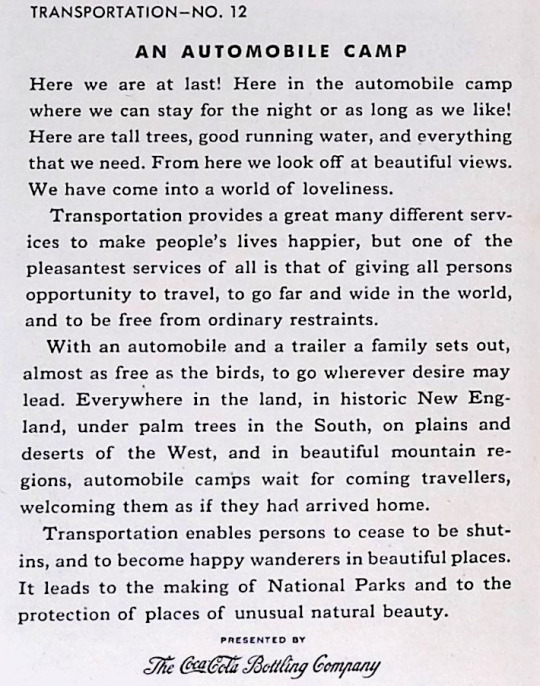
Thanks to a car and trailer, we can camp wherever we’d like!
(Part of an educational booklet published by Coca-Cola for use in school classrooms, during World War II. This one focused on all aspects of American transportation. The booklets included factual information and beautiful stickers which children could paste in various areas of the book.)
#coca cola#automobile camp#transportation history#vintage design#vintage brochure#vintage advertising#gvslover
2 notes
·
View notes
Text

Disco Stripes
New Jersey Transit EMD E8A 4334 (ex-Southern Railway) sits forlornly out back of the Elizabethport shop.
It's wearing an odd white paint job with classic NJT "disco stripes".
Elizabethport, New Jersey
November 1983
#njt#new jersey transit#njdot#new jersey department of transportation#1983#trains#passenger train#history#elizabethport#new jersey
123 notes
·
View notes
Text

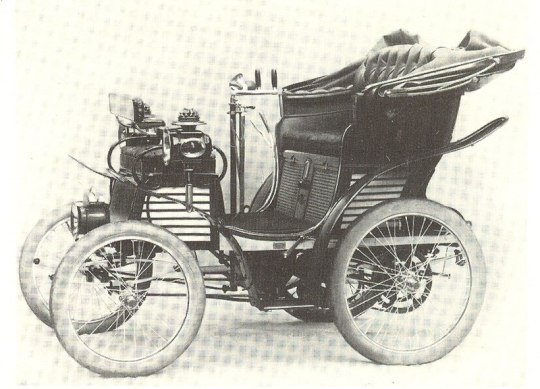
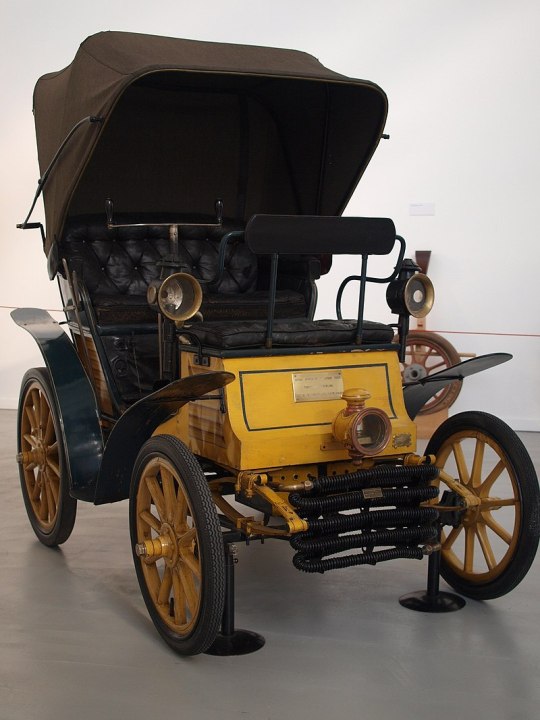
Fiat
4 HP (also known as the 3 1/2 HP)
1899
#Fiat#automobile#old car#vehicle#technology#history#transportation#1899#antique#Italy#oldtimer#vintage cars
159 notes
·
View notes
Text
On This Day In History
November 4, 1890: The first line of the Tube opens in London.
#history#world history#british history#english history#public transportation#public transit#tube#the tube
72 notes
·
View notes
Text
also someone on that post of McMansion getting renovated into a different McMansion was like "people who love old things don't realize that a lot of it was just cheap mass-produced stuff like the furniture and household goods they hate today!!!!"
and like. okay. there are articles on how cheap mass-produced stuff has gotten worse in just the last ten years. is it really that hard to believe that it was vastly better-made 100+ years ago?
also that should make MORE of an impact, I think, than simply assuming it's all the same as exquisite artist-crafted furniture in mansions. even the equivalent of Wish.com housewares in the 19th century were often 100X more durable than what we have today
(and no, that doesn't mean Western Society BetterTM or anything else the marble statue PFPs spout. forms of mass production happened in many societies, from cheap ceramics made in China and Japan for export to copies of ancient grave goods made in Egypt and the Mediterranean during archaeological revival crazes)
I have been living in Working or Middle-Class People's Apartments c. 1910-1920 for the past ten years. one of them was just rendered uninhabitable by fire, but a surprising number of the walls and doors were still standing. I firmly believe you could run a tank into those radiators and not damage them. things WERE often better-made in Ye Olden Times, and it doesn't make one ignorant or a Trad to say so
#history#their 'cheap throwaway perfume transportation vials' intended only to get a liquid from the store to your dressing-table bottle#are now valuable antiques#like. this shouldn't lead you to assume modern society is Morally Degenerate#it should lead you to demand better treatment and pay for workers and better materials to make our things#and the subsequent pay cuts for CEOs to make that happen#taxes on the wealthy were higher in the 1920s just saying
162 notes
·
View notes